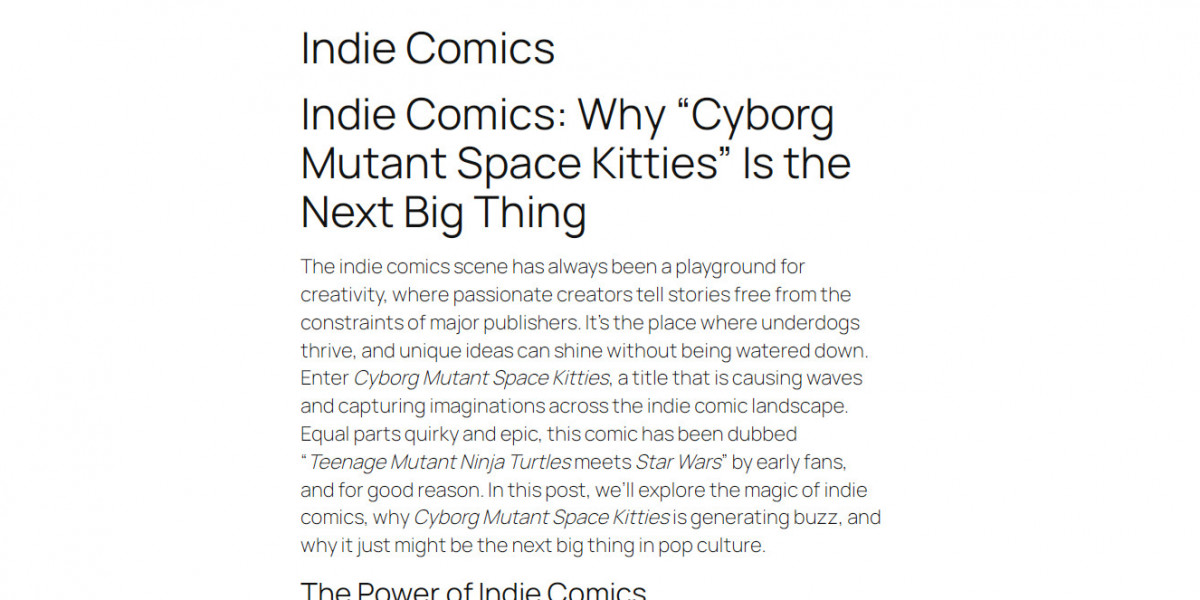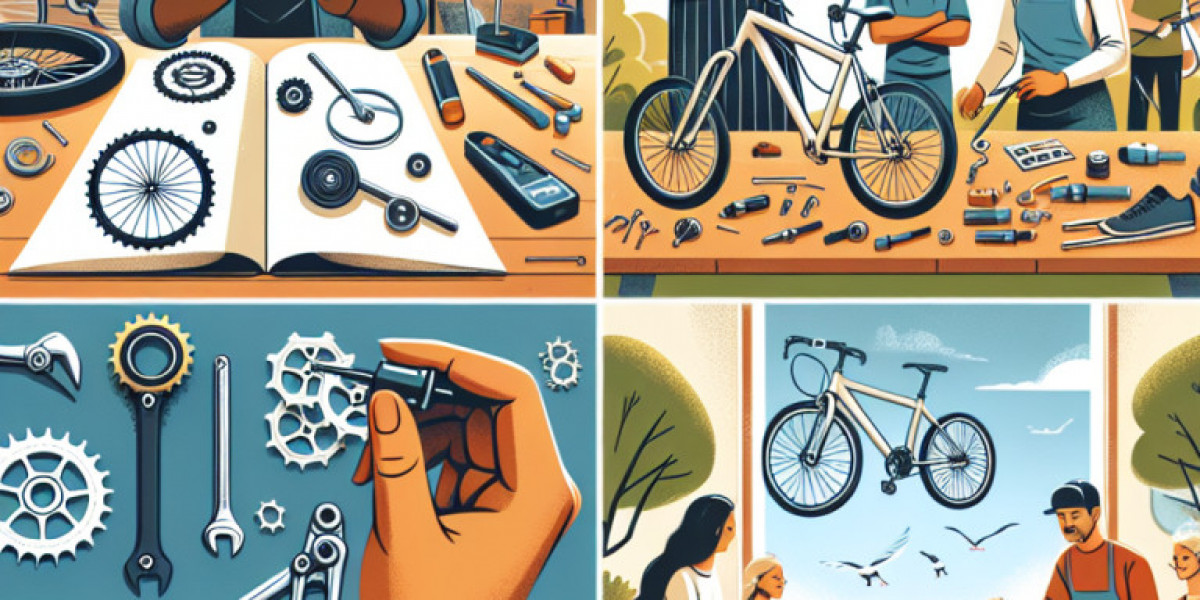Exploring the Artistic Freedom of Indie Comics
Indie comics have long been a breeding ground for artistic innovation and storytelling freedom. Unlike mainstream publishers, which often adhere to commercial constraints and franchise continuity, independent comic creators have the liberty to experiment with styles, narratives, and themes. This creative independence has led to the emergence of some of the most unique and compelling stories in the comic book industry.
The Essence of Artistic Freedom in Indie Comics
One of the defining characteristics of indie comics is the unrestrained creativity that creators bring to their work. Without the pressures of large publishing houses, indie artists and writers can take risks that might not be possible in the mainstream comic book industry. These risks can manifest in unconventional storytelling techniques, boundary-pushing themes, and distinctive artistic styles.
Indie comics often break free from the traditional superhero formula, exploring genres such as horror, romance, historical fiction, and autobiographical narratives. This diversity allows for a richer and more varied reading experience that caters to different tastes and interests.
The Role of Independent Publishers
While many indie creators self-publish their work, several independent publishers have gained recognition for supporting unique and innovative comics. Companies such as Image Comics, Fanta graphics, and Drawn & Quarterly provide platforms for artists and writers who want to retain creative control over their work while reaching a wider audience.
These publishers prioritize artistic vision over commercial viability, allowing creators to tell stories that are deeply personal and culturally significant. Unlike mainstream publishers, indie comic publishers often give artists full ownership of their intellectual property, ensuring they have full creative authority over their characters and narratives.
Diverse Artistic Styles and Narratives
Indie comics showcase a wide range of artistic styles, from highly detailed illustrations to minimalist line work. This diversity reflects the personal touch that independent creators bring to their projects. Some notable artistic approaches in indie comics include:
· Abstract and Experimental Art: Many indie comics push the boundaries of visual storytelling by using abstract designs and unconventional layouts.
· Hand-Drawn and Watercolor Techniques: Unlike digital-heavy mainstream comics, indie creators often use traditional hand-drawn and watercolor techniques to give their work a distinctive look.
· Raw and Unfiltered Expression: Many indie comics embrace rough, unpolished artwork that complements their raw and honest storytelling.
The narratives in indie comics are just as diverse as their artistic styles. Many creators focus on personal experiences, social commentary, and political themes, addressing topics that may be overlooked by mainstream comics.
Breaking Conventions in Storytelling
Indie comics are known for their willingness to break storytelling conventions. Unlike mainstream comics that often follow a structured format, indie creators experiment with:
· Non-Linear Storytelling: Many indie comics use fragmented timelines, dream sequences, and experimental pacing to create a unique reading experience.
· Silent Comics: Some indie creators rely solely on visual storytelling, eliminating dialogue and captions to immerse readers in the artwork.
· Interactive and Meta-Narratives: Indie comics sometimes blur the lines between fiction and reality, using self-referential techniques that engage readers on a deeper level.
Indie Comics That Redefined the Medium
Several indie comics have left a lasting impact on the industry, redefining the possibilities of the medium. Some influential works include:
· "Persepolis" by Marjane Satrapi – A graphic memoir that explores the author’s childhood in Iran during the Islamic Revolution.
· "Asterios Polyp" by David Mazzucchelli – A visually stunning story that delves into identity, architecture, and self-discovery.
· "Blankets" by Craig Thompson – An autobiographical coming-of-age story that explores love, faith, and family.
· "Daytripper" by Fábio Moon and Gabriel Bá – A profound examination of life’s most defining moments.
The Future of Artistic Innovation in Indie Comics
As technology continues to evolve, indie comics are becoming even more accessible through digital platforms and self-publishing tools. Webcomics, digital-first publications, and crowdfunding have opened new avenues for indie creators to share their work with global audiences.
Additionally, the growing interest in indie comics from film and television studios has brought greater recognition to independent creators. Many indie comics are being adapted into movies and series, further proving their narrative and artistic value.








